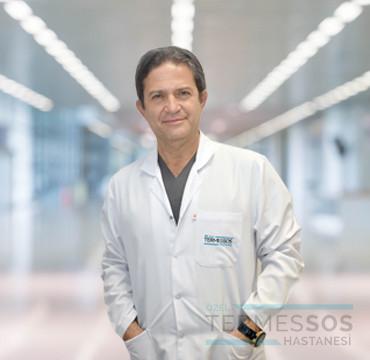Radiology
Radiology is a department in which many diseases are diagnosed with the help of various medical devices. ARRIVAL TREATMENT LASER VERCICLE TREATMENT (Laser embolization is up to preference) ARRIVAL TREATMENT WITH FOAM (1 DAY) (SESSION FEE) Radiology is a department in which many diseases are diagnosed with the help of various medical devices. Devices used in the radiology department; X-ray-operated medical devices (may be harmful during pregnancy) X-Ray (X-Ray) It is the most commonly used device in the diagnosis of bone and lung diseases. X-ray is used Mammography It is often used in the diagnosis of breast diseases. It is also preferred as a screening tool after the age of 40. X-ray is used Bone Densitometry It is often used in the diagnosis of osteoporosis. It measures bone density. X-ray is used. Computed Tomography (CT) is used to diagnose diseases of the whole body. A cross-sectional image of the body is produced. X-ray is used. Angiography = DSA = Digital subtraction angiography = Catheter angiography It is used to diagnose vascular diseases. Treatment of vascular diseases is also done with an angiography device. Various equipments are used to enter the vein,
The vein is made visible by administering medication inside the vein. It uses X-rays. Devices working with Sound Waves Ultrasonography The most frequently used medical device for the diagnosis of the disease of the abdominal organs. It is also used in pregnancy follow-up, it is not harmful. Color Doppler Ultrasonography is used in the diagnosis of vascular diseases. The blood supply of many organs is also evaluated. It is also used in pregnancy. Devices working with radiofrequency waves MRI (Magnetic Resonance Imaging) It is used to diagnose diseases of all body structures, especially brain and muscle-ligament structures. Apart from this, it is also widely used in abdominal organs. MR angiography is a frequently used method in demonstrating vascular diseases. It may be inconvenient to use in cases where there is a foreign body in the body. Computed Tomography (CT) and Technical Information Computed tomography is a radiological diagnostic method for creating a cross-sectional image of the examined area of the body (front to back-coronal; top-down-axial; right to left-sagittal) using x-ray. During the examination, the patient lies on the table of the computed tomography device without moving. The table is inserted into the opening called "gantry" of the device by manual or remote control. The device is connected to a computer. While the X-ray source performs a 360-degree rotation around the patient to be examined, the data obtained by detecting the part of the x-ray beam that passes through the body is processed by a computer by detectors lined up along the hollow or "gantry".
As a result, cross-sectional images of the tissues are created one after the other. The created images can be viewed on the computer screen. In addition, images can be transferred to film or stored on an optical disc to be brought back to the computer screen when necessary. Computed tomography has some advantages over other x-ray examinations. It shows the shape and placement of organs, soft tissues and bones very clearly. In addition, CT examinations help physicians in the differential diagnosis of a simple cyst (a formation in the form of an enclosed sac containing liquid or semi-liquid matter) and solid tumor (tissue mass formed due to rapid proliferation of some cells, ur.), thus enabling better evaluation of diseases. More importantly, CT helps in assessing the spread of cancers by producing images that are much more detailed than direct radiographs. Information about the spread of cancer can guide physicians in the treatment of cancer, helping them decide whether to use chemotherapy, radiotherapy, surgical treatment, or certain combinations of these. Thus, healthy tissues are protected from unnecessary interventions of treatment methods that may have serious side effects, although they have many benefits. CT has made it possible to evaluate many parts of the body, such as the brain, that cannot be demonstrated by direct radiographs. It also enabled the diagnosis of many diseases earlier and more accurately than other imaging methods. Diseases are better treated when diagnosed early.
Polyclinic Doctors
-
Radiology



